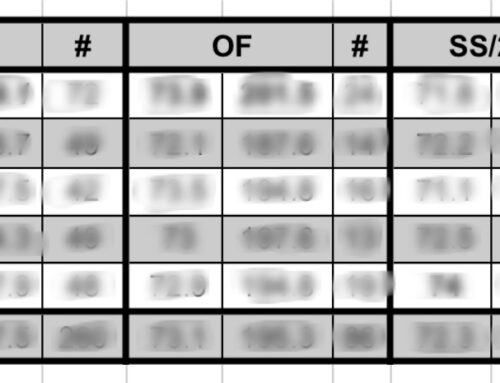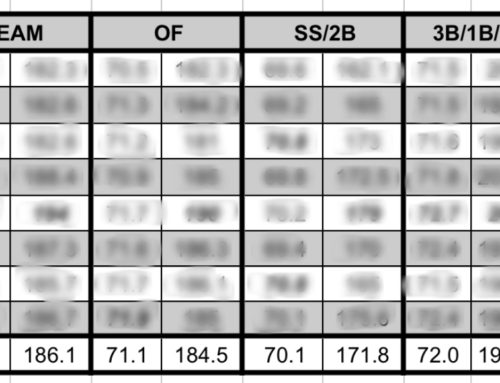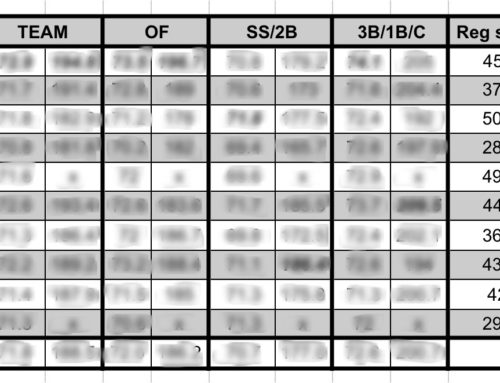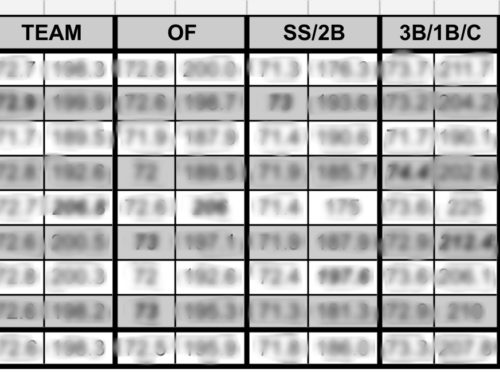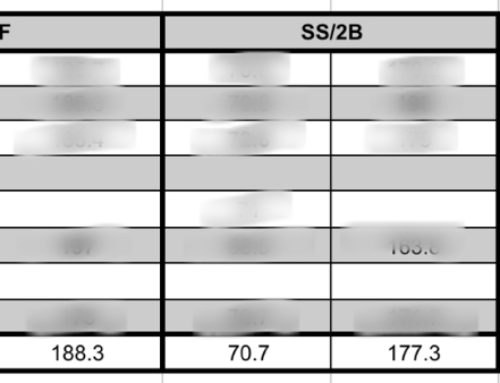As of this writing, I am 26 years old. A decade-plus has passed since I entered Douglas County High School as a student in 2008. A lot has changed in the baseball community during this time, and I’ve had a lot of time to look back at the good things I did and the mistakes. As long as I can remember, I wanted to be a professional baseball player, that was my only goal in life. At the time, I, like many of my peers, fell into the trap of the year-round playing schedule. I played for many different teams, high school Connie Mack teams, and showcase teams to improve my game and get exposure to coaches at the next level. When I look back at that time, I realize that I took advantage of the possibilities given to me at the time. Projecting the development methods and technology that exist in 2020 into 2008 is an unfair comparison. But the basics of what exists today could have easily applied back then. In essence, if I could have adjusted my priorities to the things I know now, things would have been way different.
I Should Have Started Strength and Conditioning Earlier
When I entered high school, I was always told the velocity would come as I got older. I was always one of the taller kids growing up, and coach after coach said to me that once I really grew into my long, lean body, the velocity would appear as if velocity magically appeared. But I have come to realize, velocity is not a skill that appears magically. Velocity is something that needs to be earned through hard work and dedication. A handful of guys can generate higher velocities than their peers without much work, and we always compare ourselves to those kids. The problem is that those kids are either outliers or the kids who hit puberty too early. Stop comparing yourself to these kids.
I wish I knew how to utilize the weight room earlier in my career. My only issue, I was terrified of the weight room during my freshman year. I always heard that baseball players shouldn’t lift heavy weights because they would get too bulky or immobile and would eventually break. It was not until my sophomore year that I really spent more time in the weight room, but I did this under the advice from my Basketball coach! Even then, I did not lift as heavy as I could because of that bulky myth. If I ever did a barbell bench press, I never went above 135lbs no matter how natural the weight became. I never ever went past 45lbs on a dumbbell bench press. I was too scared of looking like a strongman that I never took advantage of the benefits of the weight room. Had I made it more seriously, I could have been throwing harder than I was that time. If only I knew where my velocity sat.
I Should Have Utilized Radar Guns Way More
I should have either purchased a radar gun or found a facility that had a radar gun that I could have used regularly. At FAST, we use the radar guns to know if the methods we use with each athlete is working. When I was in high school, I did a lot of tinkering with my mechanics, still do to this day. But I had no valid way of knowing if the things I did made me better. What is the point of changing things if I cannot prove they are creating meaningful change? I wish velocity as a test was a priority when I was in high school. This is a problem that most high schools in colorado still have, coaches, please buy a radar gun for your athletes.
Anyway, if I had greater access to a radar gun in my development, I would never have been left in the dark about where my velocity was. My velocity came from coaches who assumed they knew how hard I threw, but I never could confirm how hard I threw, nor could I compare myself to my peers. Being able to confirm velocity would have saved a lot of embarrassment in the recruiting process. Embellishing velocity was and is still common for pitchers when talking with potential college coaches. I always wonder how many times I told a coach in an email what my velocity was, only for the coach to lose interest in me when I did not hit those claimed numbers. It was not like I was intentionally misleading them, I gave them the best assumption I had based on what others had told me.
I Should Have Taken Fewer Lessons and Trusted Myself
One of my most significant issues with the way I trained myself in high school, I saw way too many pitching coaches. I had too many people in my ear telling me which path to take. I trusted too many people, as a person with a tendency to overthink too many voices can lead to disaster. While I do not think the coaches were terrible, I do believe seeing more than 2 people addressing the same issue is hard to manage. The problem was I put my development in their hands as opposed to mine. This is a mantra that I believe is finally beginning to take hold in the baseball world, “You are responsible for your own career.” Had I understood that the only person that stopped me from being successful was myself, that could have positive changes.
Even in high school, I was a meticulous researcher in baseball development for my own personal development. I still have binders of the stuff I researched. Old articles from Alan Jaeger and Driveline before these guys were as mainstream as they are today. But I never followed through with these programs because I listened to the coaches I already had. After I graduated from high school, I start employing the methods I researched because I was on my own when I got to college baseball. Once again, more players need to trust themselves when it comes to their personal development. That is when the most meaningful changes occur.
Conclusion
I hope this article does not come off as bitter to the ways in which I developed as a baseball player. I actually enjoyed many of the things I did in high school. Only now do I understand that the path I took did not maximize my development. If I could go back and do everything listed above, I could have put myself head and shoulders above my peers because few did this stuff at the time. The purpose of this article is to show high school baseball players a more straightforward way of achieving their goal of playing at the next level. When we consider the wealth of knowledge at our disposal now, the roadmap to playing at the collegiate or professional level is there, now you need to take advantage of it.
